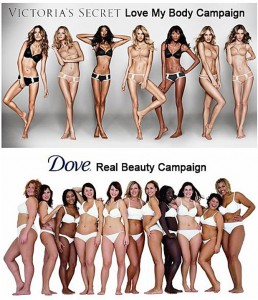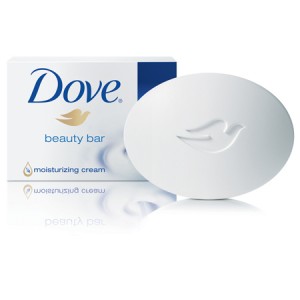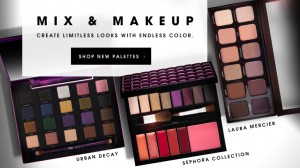In 1957, Dove presented to the US market. The company became seriously committed to women, not like regular soap made their skin become dry, and did so. Dove established a trusting relationship with customers through the company’s promise and its product’s selling features. In 1979, an independent clinical study revealed that Dove’s degree of mildness and smoothness were higher than other 17 brands of soap. Dermatologists strongly recommended their product while newspaper articles reported its advantages. A year later, Dove began its formal medical program in the United States. In 1999, Dove began its promotion on a global scale and entered China’s market in 2002.
 Today, Dove has become the world’s first cleaning-product brand, with more than 80 countries contributing to worldwide sales, and more than 2.5 billion Euros in annual sales. Dove’s beauty concept brings consumers a credible commitment and maintains their promises to skin health and beauty. The beauty of the brand’s tenet is to be simple and true. Beauty can bring self-confidence. Dove’s commitment to beauty is not only external but also internal. For more than 40 years ‘Dove’ has used truthful advertising and has become a symbol of hope, joy, peace, and encompasses the positive in the health and beauty sector. In 2004, Dove launched their worldwide ‘Campaign for Real Beauty’, in an effort to diminish the stereotypical view of beauty and promote the beauty and health of women everywhere. The current focus of the ‘Dove Campaign for Real Beauty’ is to raise the self-esteem and self-confidence of girls and women.
Today, Dove has become the world’s first cleaning-product brand, with more than 80 countries contributing to worldwide sales, and more than 2.5 billion Euros in annual sales. Dove’s beauty concept brings consumers a credible commitment and maintains their promises to skin health and beauty. The beauty of the brand’s tenet is to be simple and true. Beauty can bring self-confidence. Dove’s commitment to beauty is not only external but also internal. For more than 40 years ‘Dove’ has used truthful advertising and has become a symbol of hope, joy, peace, and encompasses the positive in the health and beauty sector. In 2004, Dove launched their worldwide ‘Campaign for Real Beauty’, in an effort to diminish the stereotypical view of beauty and promote the beauty and health of women everywhere. The current focus of the ‘Dove Campaign for Real Beauty’ is to raise the self-esteem and self-confidence of girls and women.

